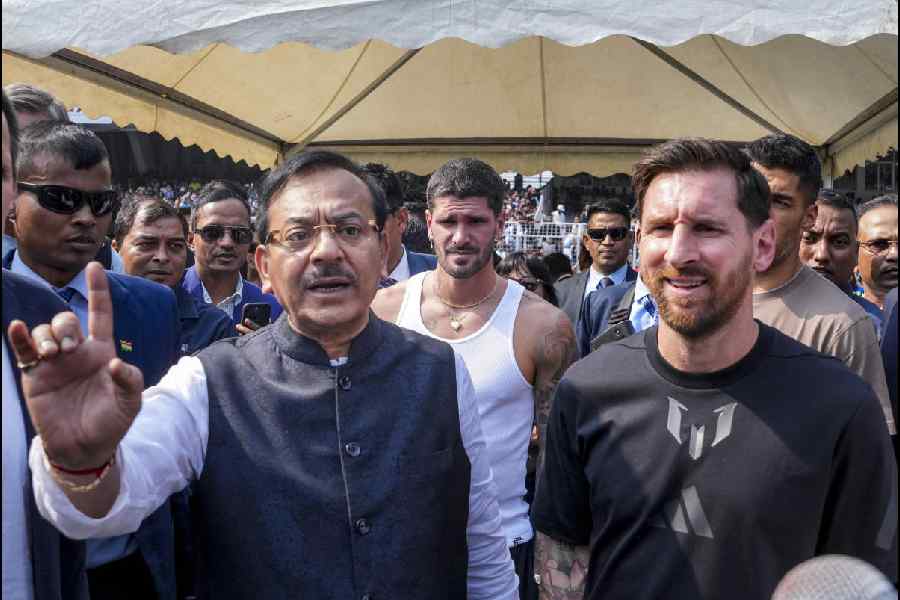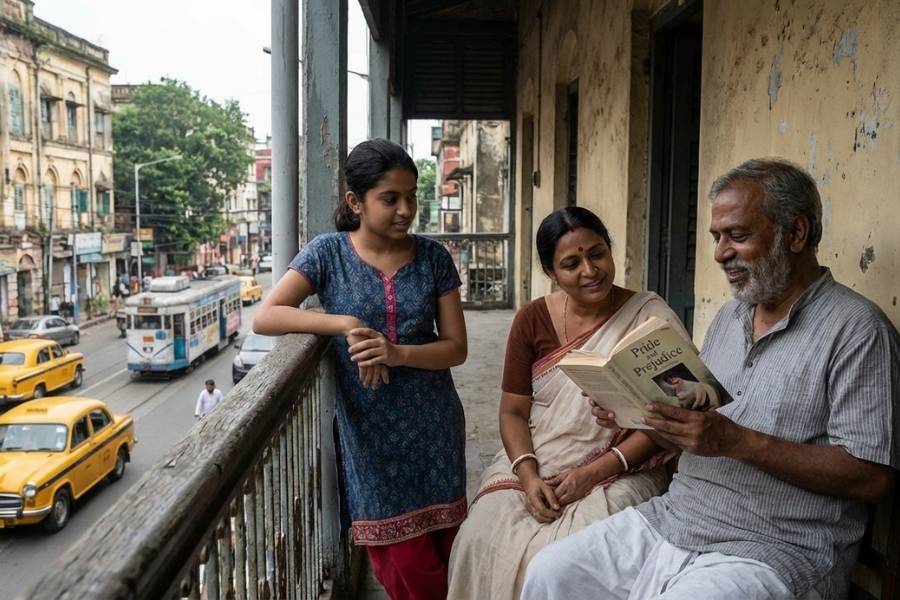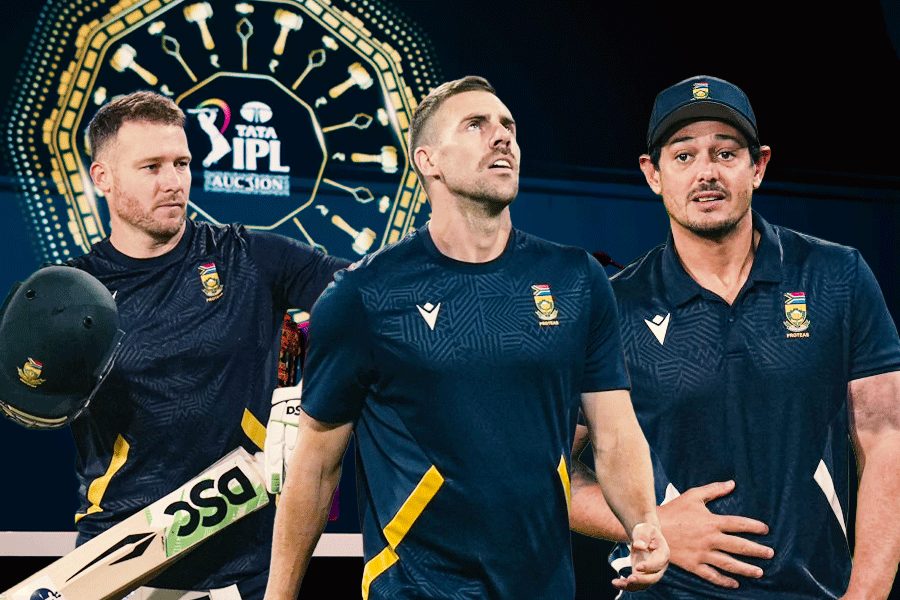 |
| An overview of Bhubaneswar. Telegraph picture |
Bhubaneswar, June 20: The Orissa Space Application Centre (ORSAC) has conducted a pilot study at Chintamanipur village in Tangi-Chowdwar near Cuttack to map the pattern of land use. The study provides minute details through which planning and development work can be monitored at the plot-level.
The study shows that micro-level data of a geographic area can be generated using satellite imagery. The study brings for civic bodies an opportunity to generate minute data to plan, undertake and monitor development work.
The new application, when launched though a web-based tool, would help civic bodies and the development authorities to pinpoint vulnerable pockets during natural calamities, problems of encroachment in low-lying areas and obstruction over the natural drainage channels.
The centre was able to publish its digital maps based on Indian Remote Sensing (IRS) satellites at a scale of 1:50,000. It meant that one centimetre on the map equals to half a kilometre on the ground. But, later it was found that with such a huge scale, detailed identification of the objects on the map was not possible.
Therefore, six months ago, the centre has started the mapping with a 1:10,000 scale so that block-level planning was possible with minute details. Now, the centre has done a pilot study on a 1:4,000 scale to have a plot-level planning in the state.
If adopted, the study can come handy for urban planning bodies such as, Bhubaneswar Municipal Corporation, Cuttack Municipal Corporation, Bhubaneswar Development Authority (BDA) and Cuttack Development Authority.
“Large-scale maps are used for greater areas like a state or a country, but small-scale maps are for detailed analysis. Therefore, we have done the pilot study on a 1:4,000 scale, so that detailing of individual infrastructure like a house, a bridge, a road, school, park and green cover can now be identified. It can have a greater potential for urban planning now as the BDA authorities have already decided to go for detailed planning or zonal development plan (ZDP),” said Amiya Kumar Mohapatra, chief executive of the centre.
However, web-hosting of the detailed map in the small-scale format and data storage space needs extra efforts both at technology and investment level. As the space application centre aims to include planning for the entire state, the centre may need nearly Rs 200 crore for the project.
“We have planned to submit a proposal to the state government in this regard. If it gets a go ahead from higher authorities, we can progress later. The mapping can also help to check land value assessment, property tax assessment, utility and facility provision for urban people, solid waste management, water supply, power distribution, telecommunication and overall application of the proposed ZDP,” Mohapatra said.
Another senior scientist of the space application centre P. Mishra said investment for the digital small-scale map could look more accurate now, but it could help the state exchequer to save a lot of money later. “Availability of the map with such a clear resolution will enable authorities to know the work progress. If a portion is filling a false bill saying that work is already over, the lie can be detected through this application. Claims like afforestation, flood damage, construction of houses for urban poor can also be analysed and compared with ground realities. Therefore, with one-time investment, this tool can be used to minimise corruption in future,” he said.
However, apart from the urban use, the new digital database and mapping tool with 1:4,000 scale can also detect false claims in rural areas regarding flood, natural calamity, fire, irrigation potential, natural resources management, types of road laid and even proper transportation of rice for the poor.
“In fact, the first use of the geographic information system (GIS)-based mapping in 1:4,000 scale started in Maharashtra to check claims over loss in sugarcane farming. Therefore, when it would become a reality here, farmers can also get soil testing report digitally as the satellite data on individual plots can be studied. They can also be given on the flow of floodwater from the upper basin of the nearest river or water channel,” said Mohapatra.
GIS expert Nihar Das said: “Once a state agency becomes empowered with such a web-based platform, both the urban and rural planning will be transparent and result-oriented. With a short-term training, the administrative officers can also know process of the web-based monitoring.”
The centre has created a web-based database on the natural resources of the state called Odisha Sampad, which provides details of rural resources through digital mapping.











